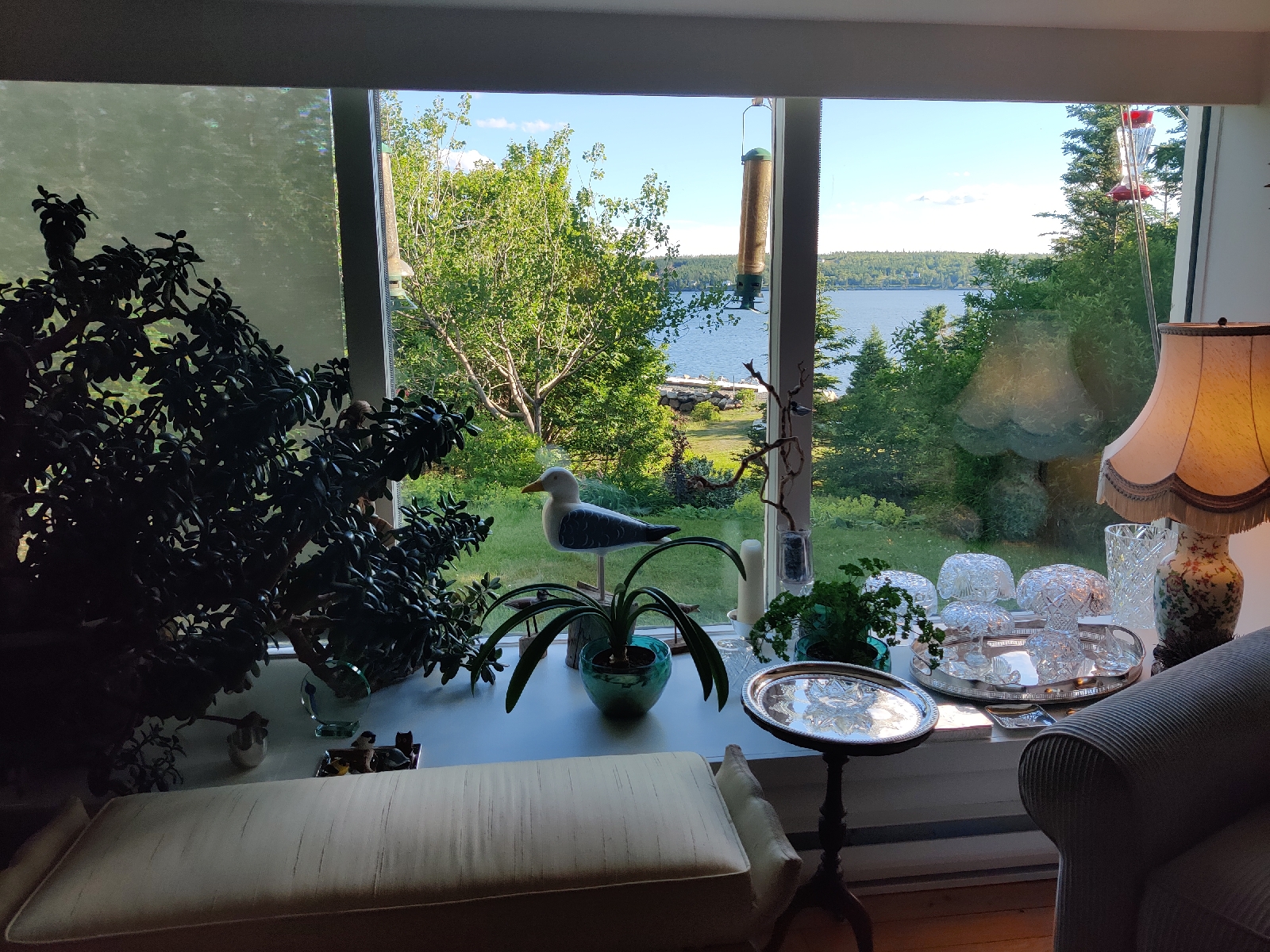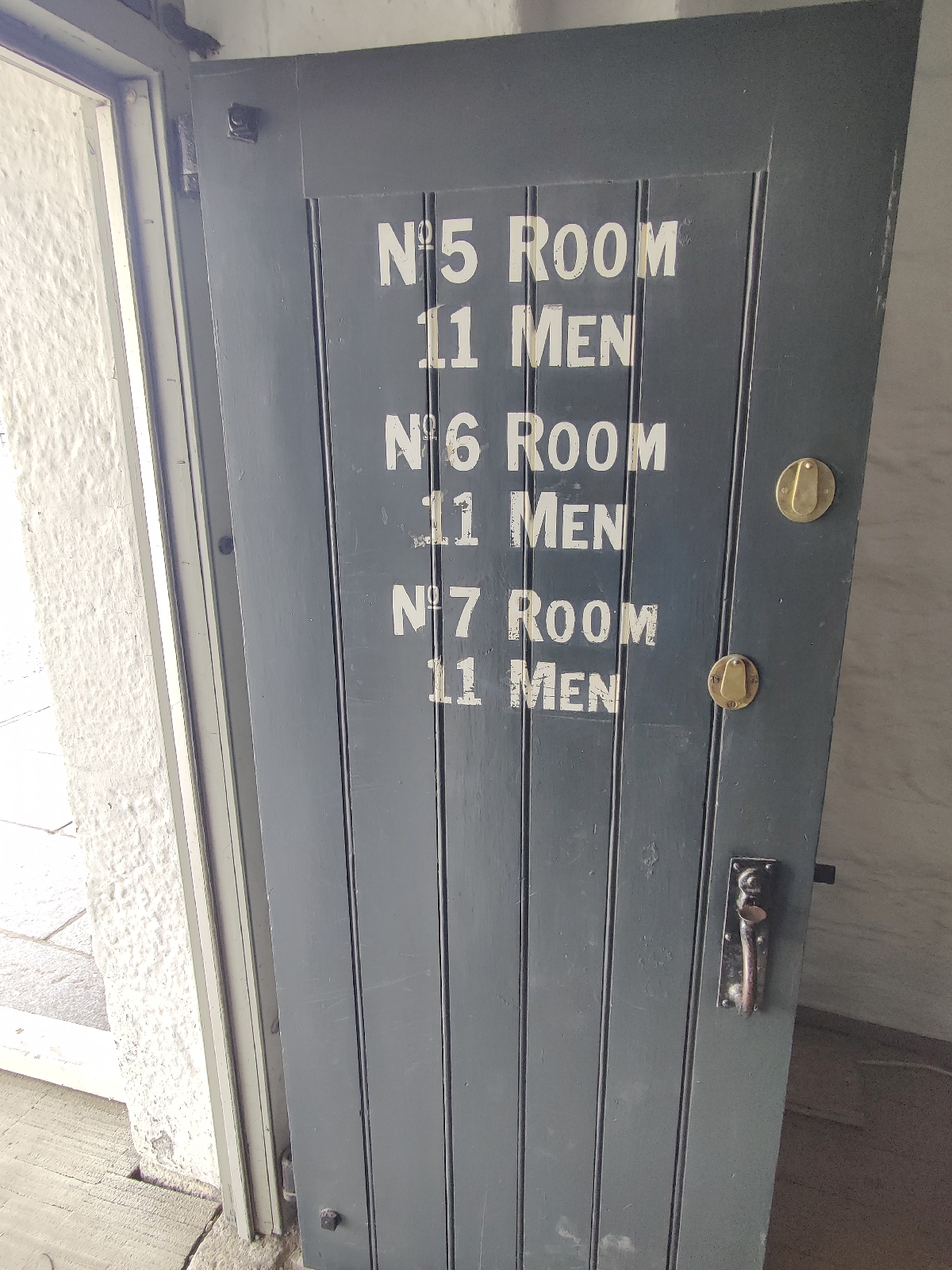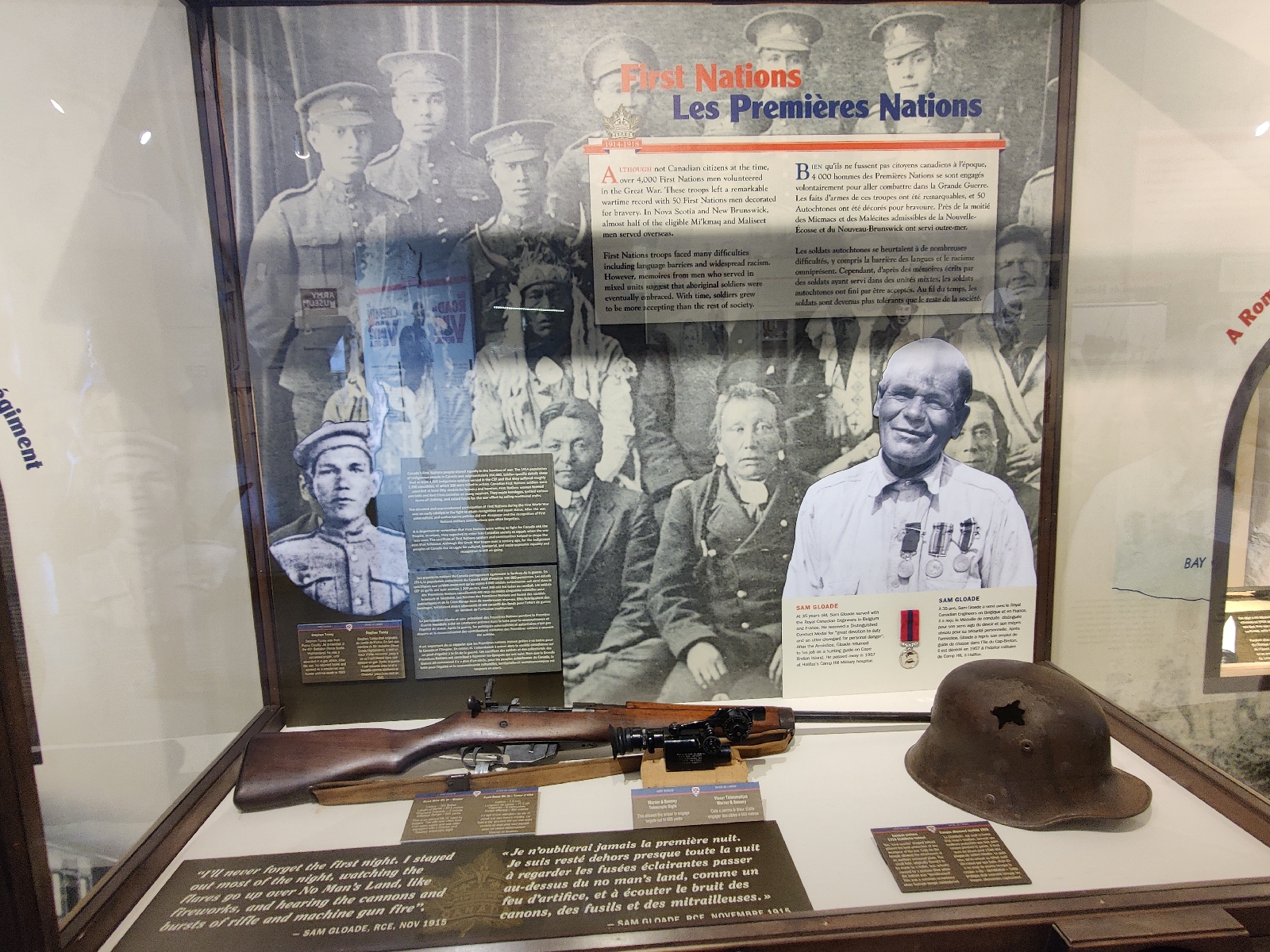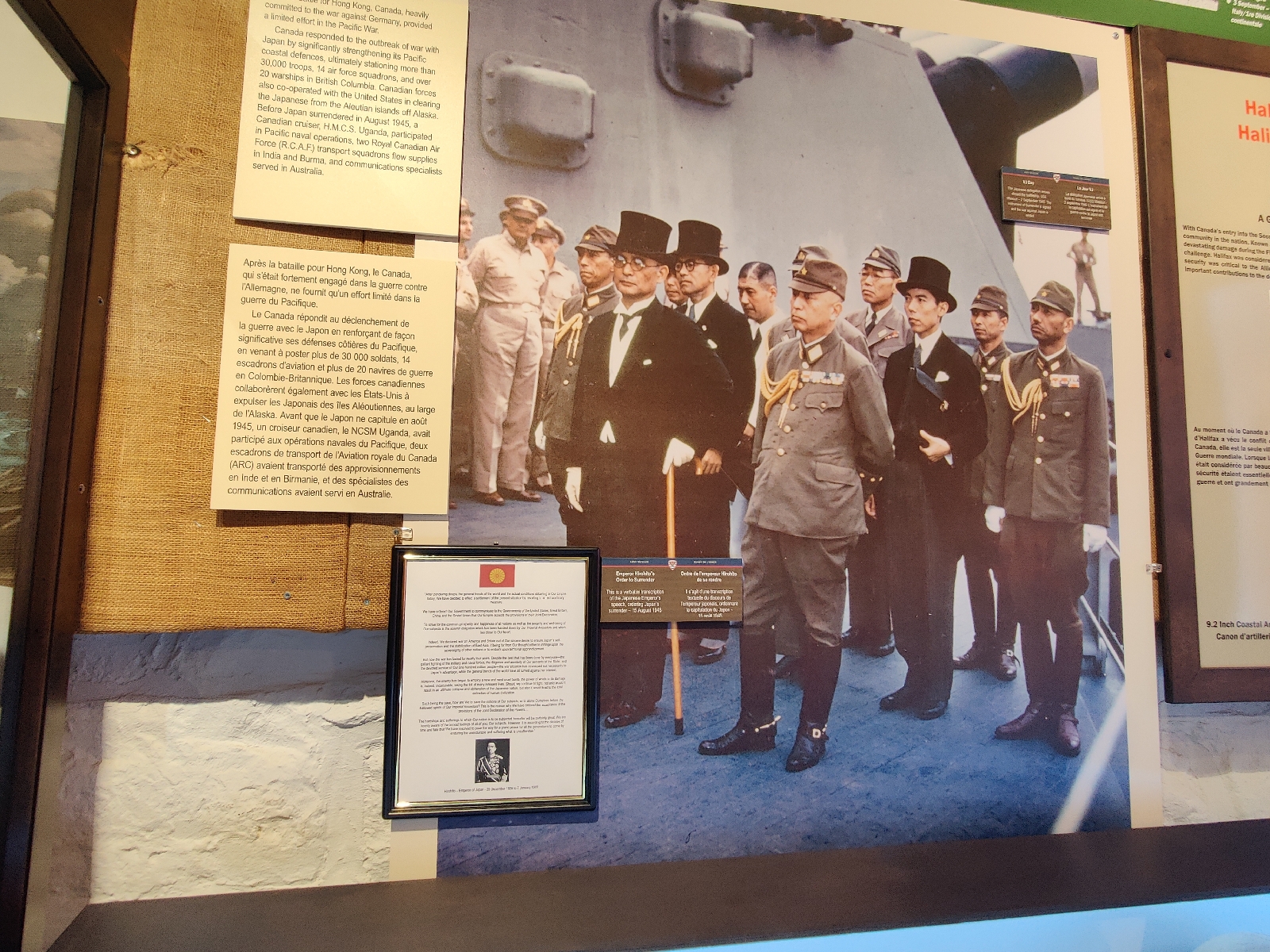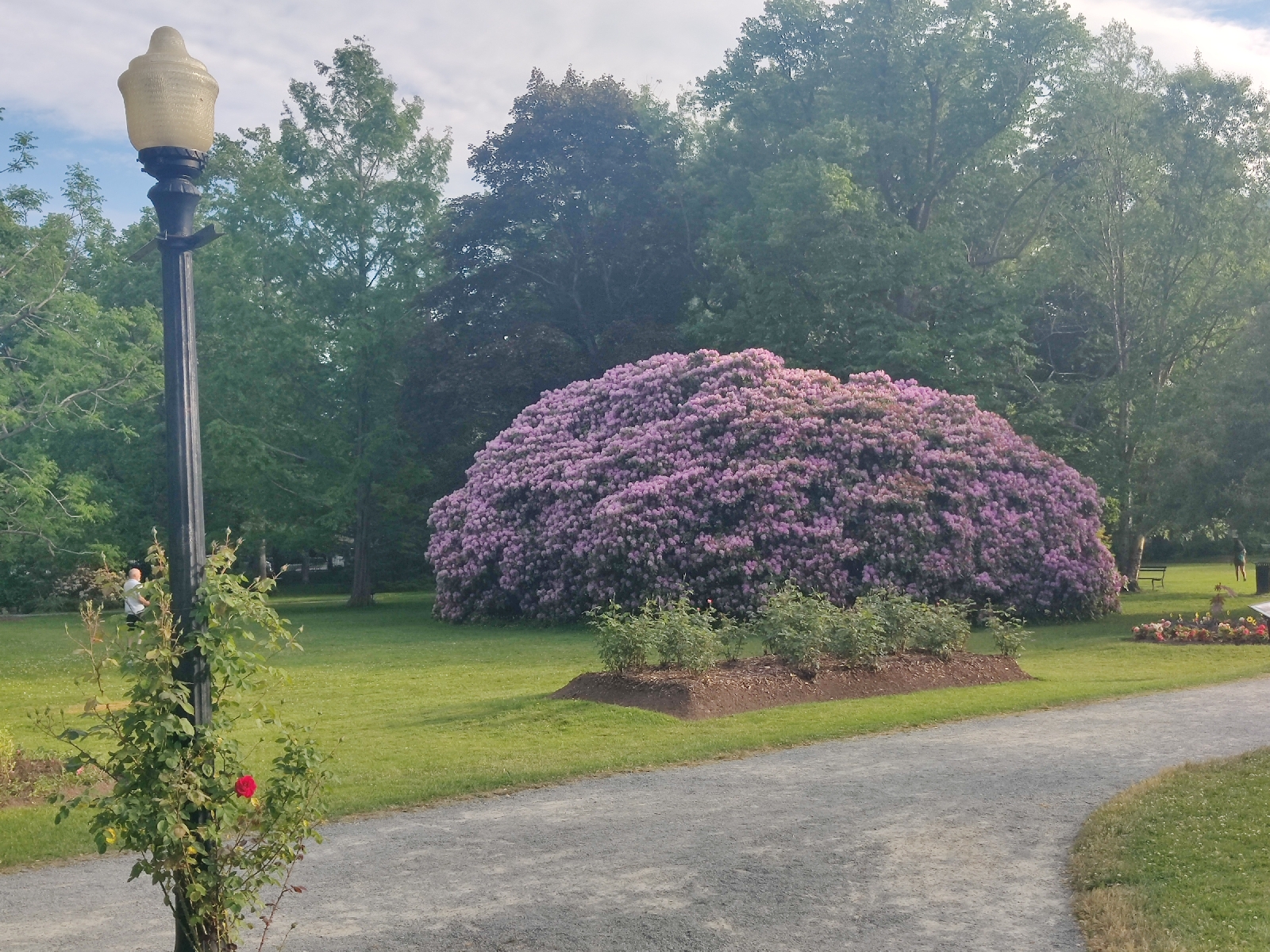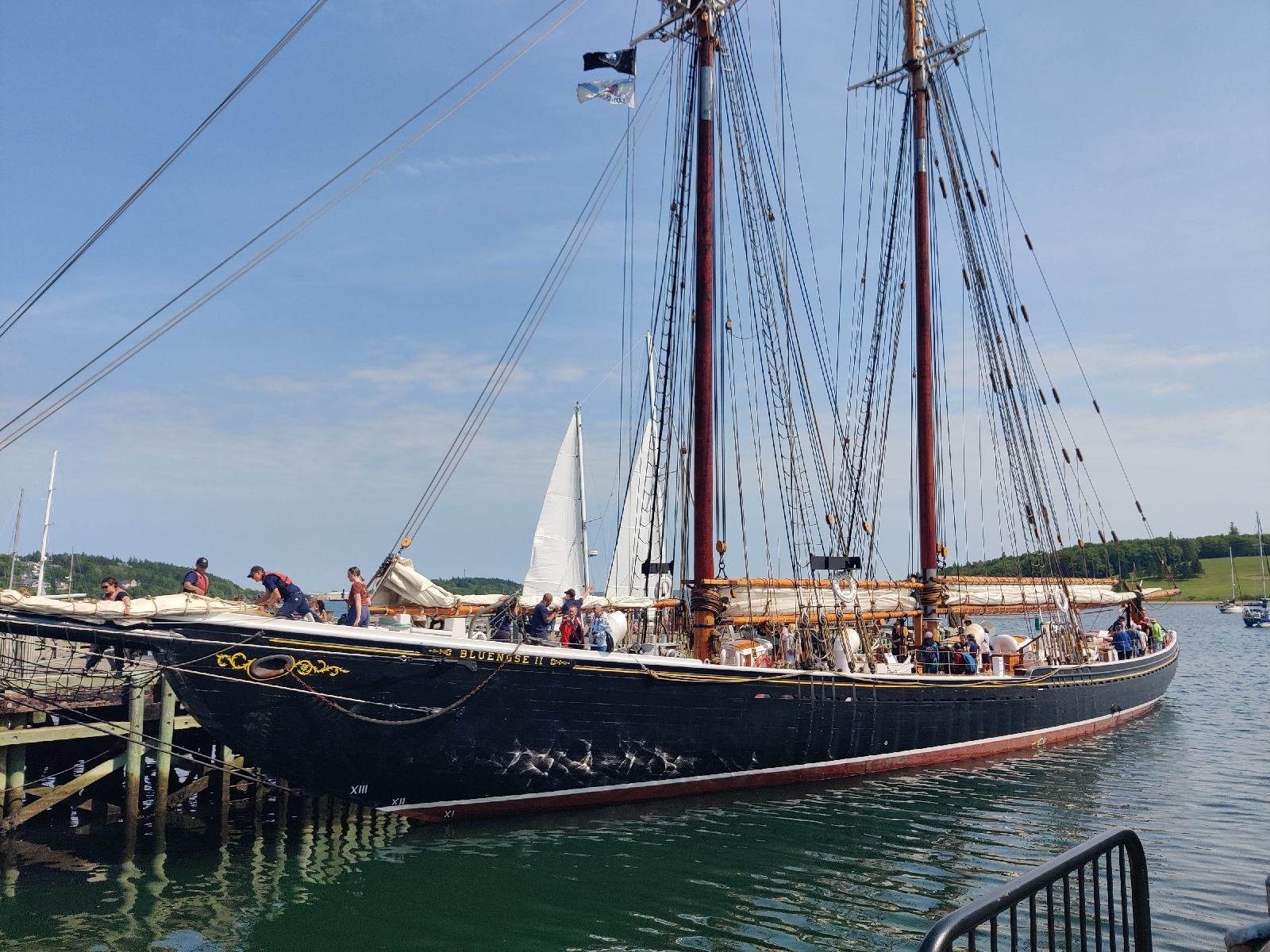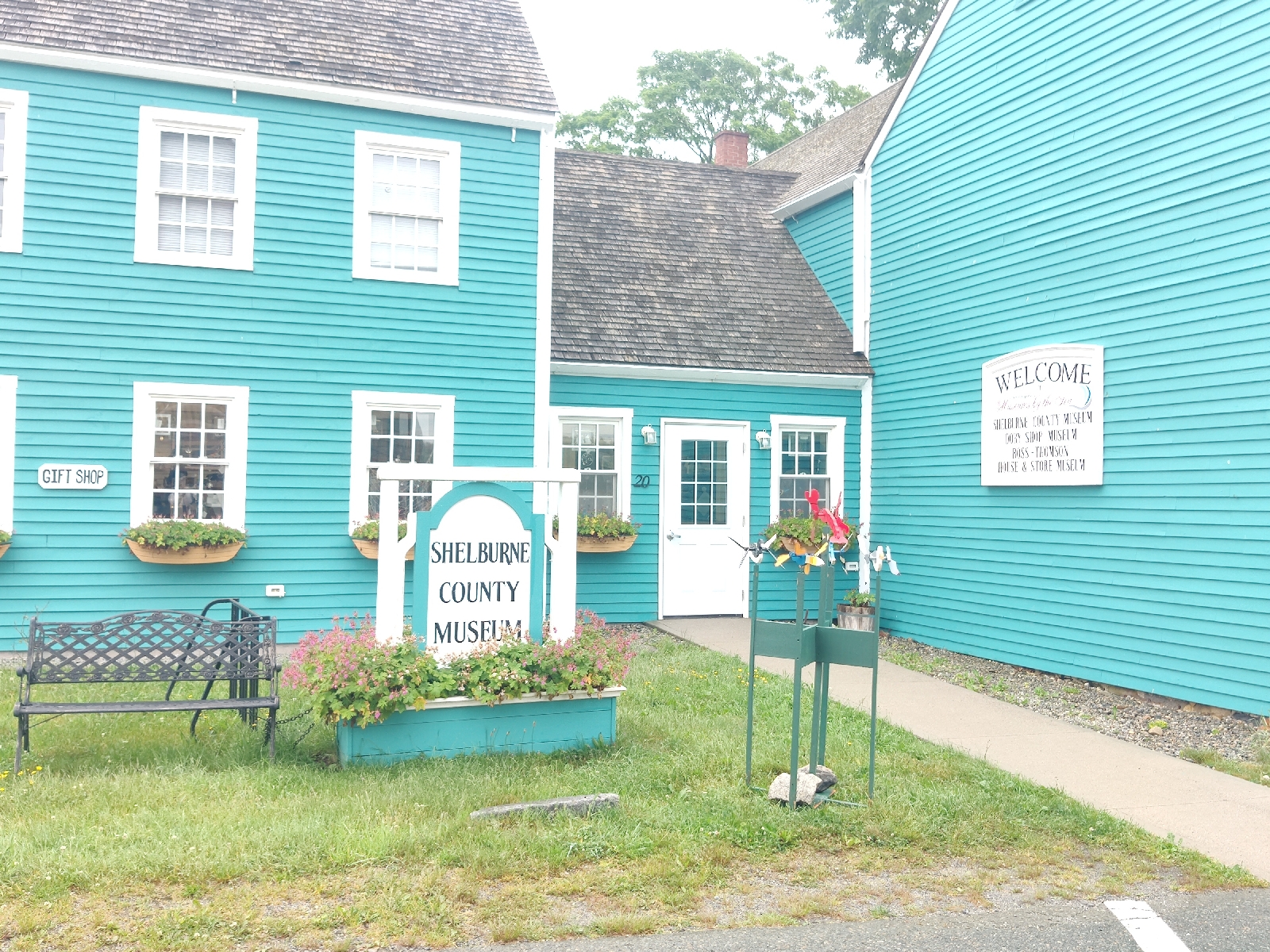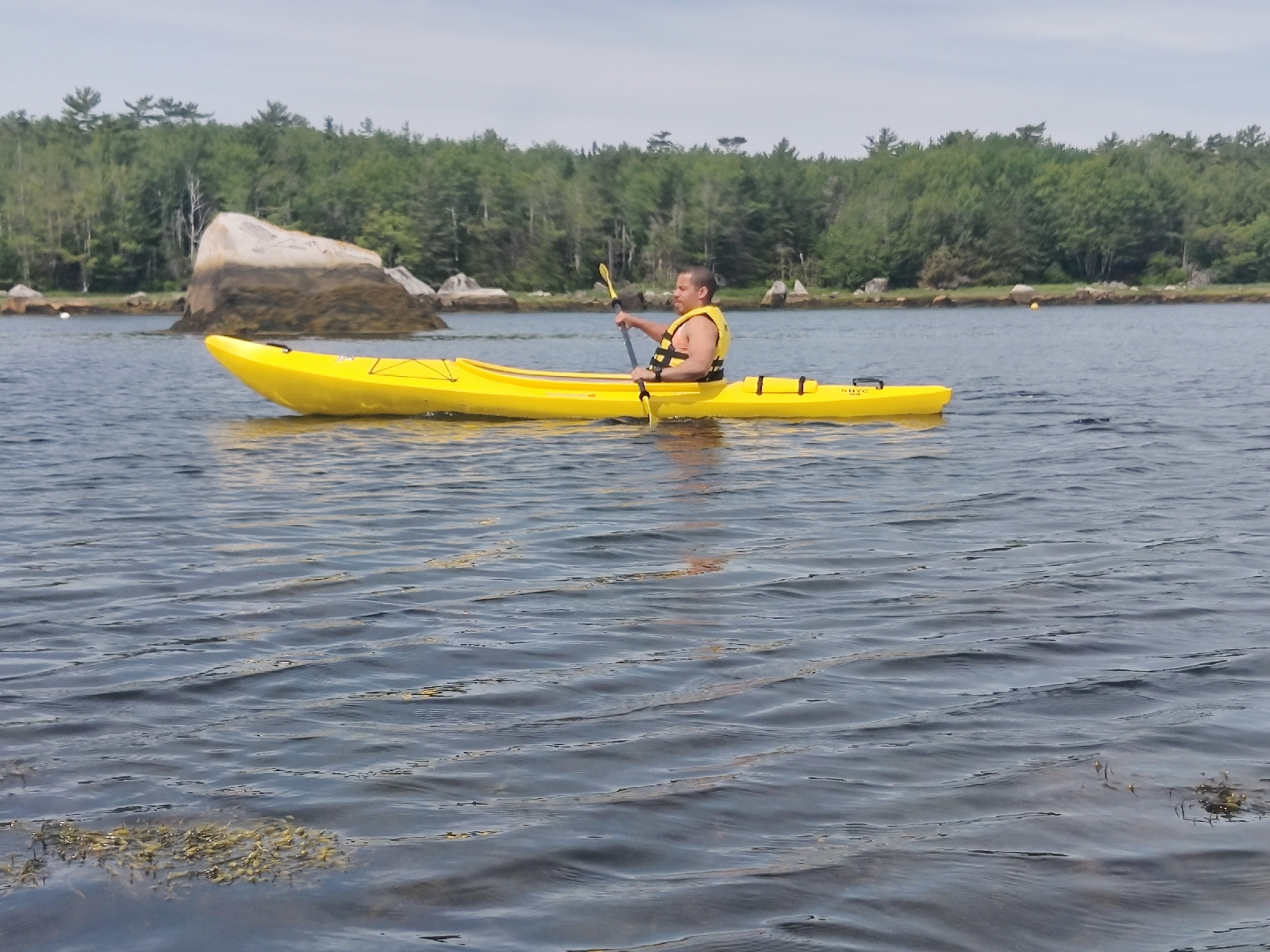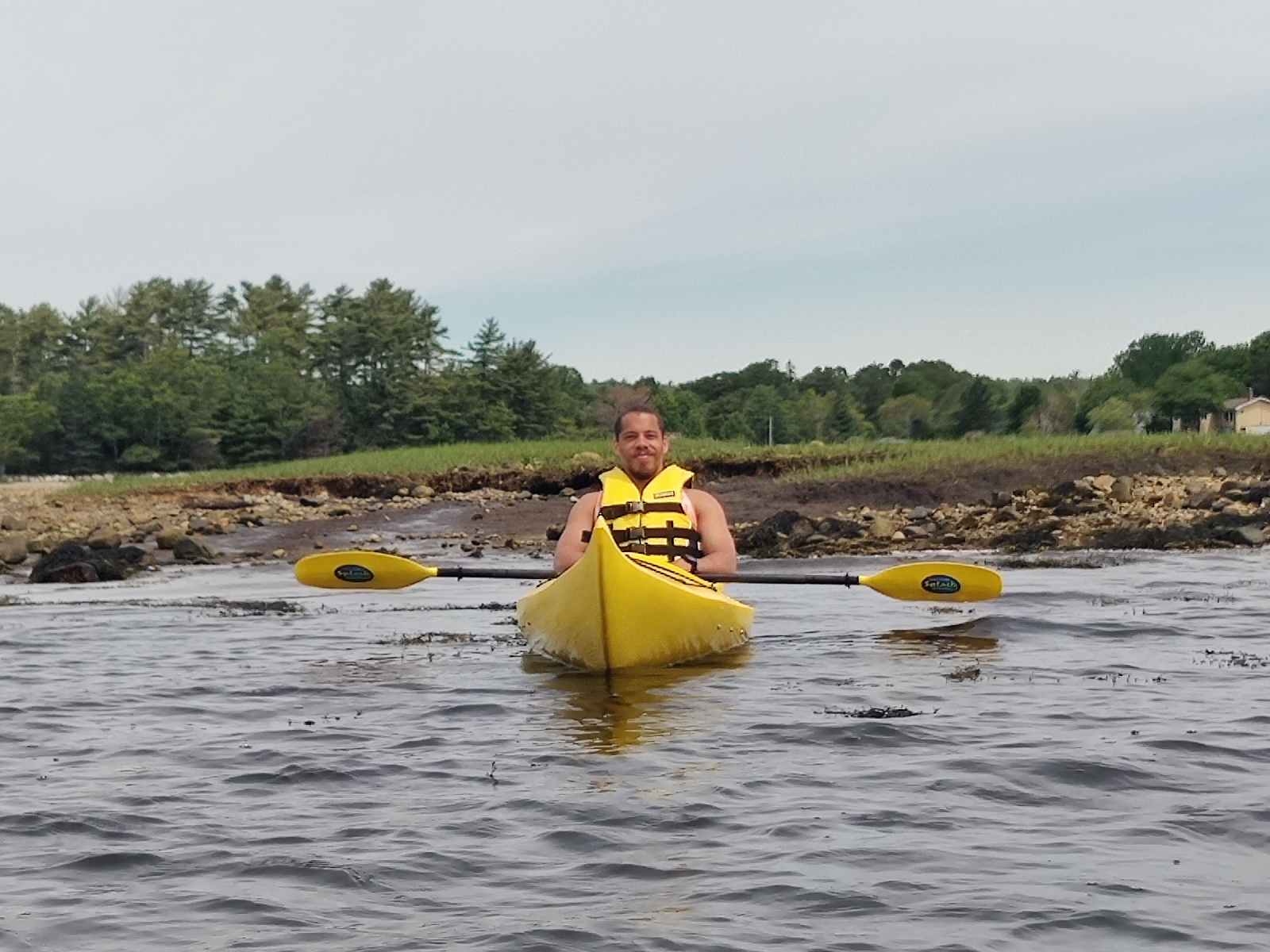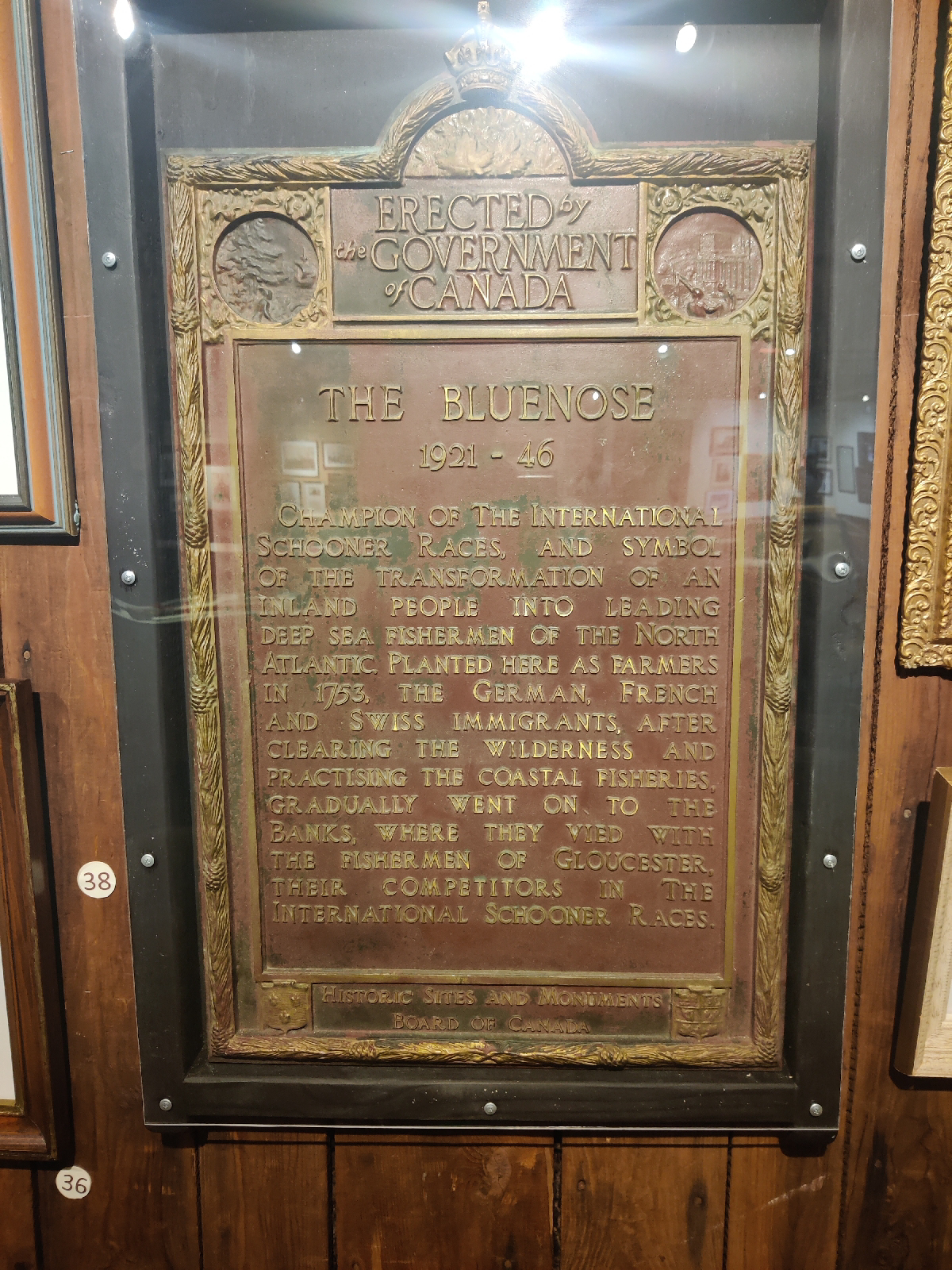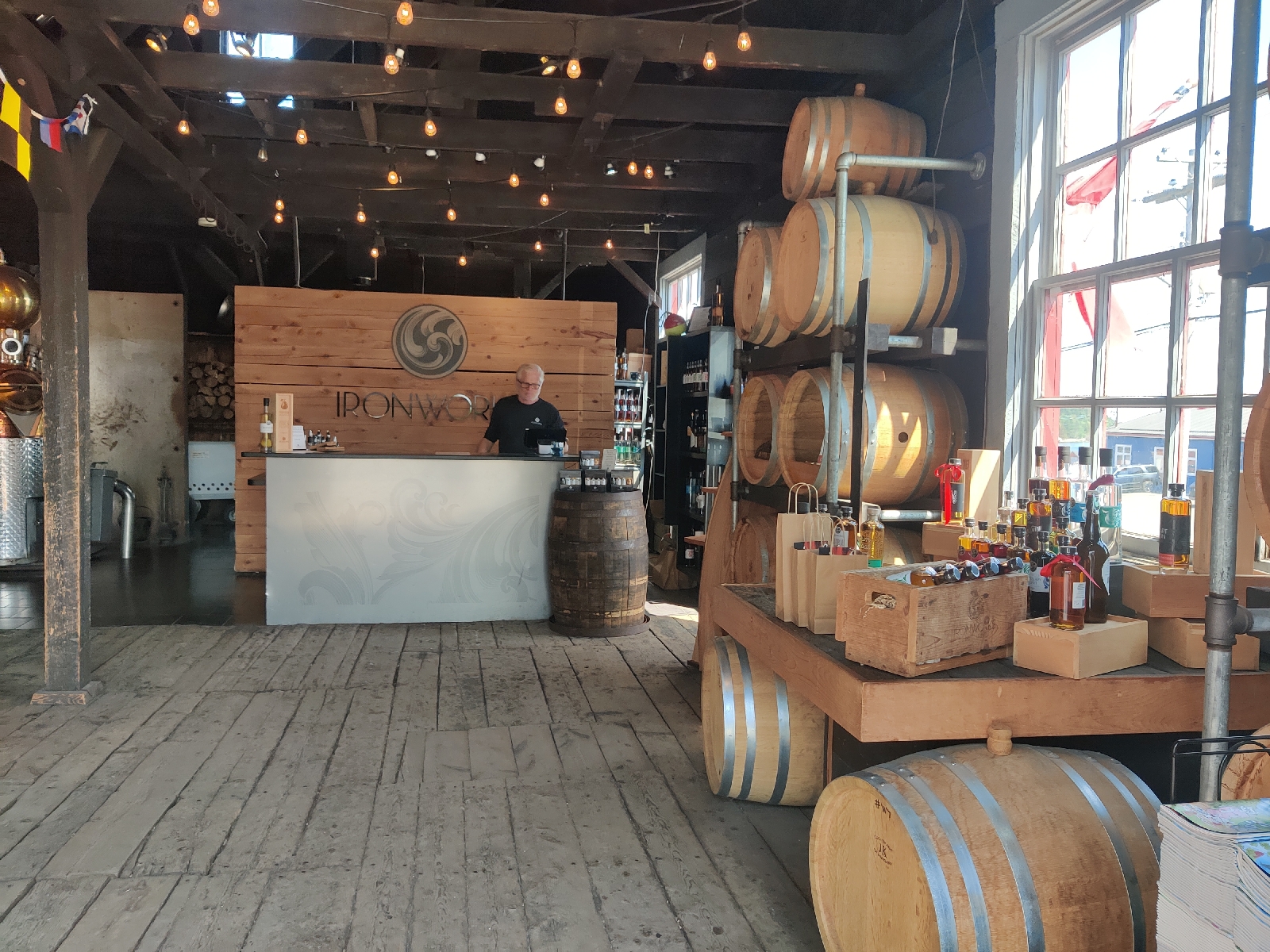Friday the 28th June, the day after the OCC gathering at the Armdale YC, was departure day for Bonny, Zora (Rhys) and and Linnea (Joshua and Emmey). We were all bound initially for Jeddore Harbour about 40 miles to the east and therefore a comfortable daylight sail.
I got up at 0700 with the intention of leaving by 0900, but by the time I had the dinghy on deck and all the other pre-departure jobs done - including laying down the route on Navionics on my phone for use in the cockpit (I had had no luck in finding Nova Scotia charts on the now, out of production, Compact Flash Cards, required by my old, but reliable Raymarine Chartplotter mounted in the cockpit) and on OpenCPN on the Raspberry Pi.
It seems that the marine electronics industry is beset by the same malaise as the domestic appliance industry. Old, slightly clunky, reasonably simple, and highly reliable and long lasting pieces of kit, have been superseded by flashy, complicated, poorly designed and highly unreliable pieces of kit. These of course, use consumables such as data cards that are incompatible with the previous generation of products. Clearly a completely deliberate ploy to force sailors to 'upgrade' to the new generation of kit designed to fail on the expiry of the warranty, forcing the sailor to buy a replacement. And so it goes on. Bloody insane and shouldn't be allowed.
Anyway, I can't afford a new Chartplotter and so that's why I use the far from ideal solution of Navionics on my phone when I 'need' to access a chartplotter in the cockpit.
God we've gone soft, read that again - "....need to access a chartplotter in the cockpit...." It wasn't that long ago that such gizmos simply didn't exist but we (usually) managed to get from A to B without mishap. We noted the navigational aids, if any, that had been provided and the contours of the coast, and where the rocks and shallows were and piloted our way through the passage using dead reckoning whilst taking bearings on the various features and double checking their characteristics with the information provided on the paper chart on the chart table.
One would often be uncertain of one's exact position for a while until everything fell into place, but I don't think I ever turned up outside a destination, only to discover at the very last minute that I wasn't where I thought I was. Why did I mention that? You'll have to wait until the post after this one to find out!
My troubles started immediately on trying to raise the anchor. The fault that I thought I had sorted re-appeared and I had to go through the same palava as before to raise the anchor only this time I managed to avoid falling down the companionway steps and I remembered where the isolator switch was. It was rather comical really. I was repeatedly running back and forth the length of the boat to switch the Windless on and off. Finally it was up, without any apparent serious damage being done to the windless, although the control solenoid, which I now suspected was where the fault lay, probably took an additional hammering.
I briefly considered abandoning the trip again, but the weather for the day looked perfect and bad weather was on the way. If I didn't go now, I'd be stuck here for another few days. My stay at Armdale and the visits to Halifax had been most enjoyable, but I was yearning to find wild Canada. Besides which, John and his lovely wife Heathet were expecting me for dinner and that would be followed by another session with them and the crews of Zora and Linnea!
So, thrusting concerns about how on earth I would raise the anchor next time, to one side, Bonny followed Zora down the North West Arm.
Initially I motored after Zora whilst I tried to rinse the foul smelling Armdale mud off the anchor (I swear that the early settlers not only took the names of English towns with them, but that they also dredged the Medway and took its mud with them too).
Once the foredeck was reasonably clean I unfurled the genoa, switched the engine off and with the wind behind us, shadowed Zora down 'the Arm' and into the main Halifax waterway. Once out of the harbour our turn eastwards put the wind on the beam and so the mainsail went up too.
It was a delightful, if occasionally chilly day, with the wind varying from light to fresh and the sun playing hide and seek with the clouds. Zora being slightly longer than Bonny gradually drew ahead and after a couple of hours, Linnea, longer still, who departed after us, passed Bonny.
About halfway into the passage Rhys radioed me to warn me of strong winds ahead that had required him to put two reefs in mainsail and genoa. Bonny is under canvassed in light airs and so I decided she should be OK with a single reef in the mainsail and none in the genoa. Experience has proved that she points closest to the wind under this configuration if conditions allow (we would need to harden up later) and with the wind off the land we were enjoying a near flat sea - perfect sailing conditions. So I went up on deck and put the reef in. Sure enough a few minutes later we had winds of 20 knots gusting to 25 and Bonny started getting into her grove. The distance between Bonny and the other two boats that had been gradually increasing now started to reduce as she charged along with the bit in her teeth.
Soon, our ideal course, shaving the outlying shallows and rocks to close the mouth of Jeddore Harbour, called for hardening in the sheets and close hauled sailing. We were now making up to windward of Zora and closing all the time. Another message from Rhys - "expect very strong gusts where I am now". I was having the time of my life. Bonny was flying, no way was I reefing again and although the autohelm had everything under control these were conditions when one wanted to coach every inch of progress and fraction of a knot out of the old girl - time to take the wheel!
We continued to edge to windward of and gain on Zora, who was soon motoring into the headwind blowing out of the harbour. Bonny charged onwards on a heading that would intercept Zora further in the approach channel. As we closed, Rhys kindly dallied to take photos of Bonny flying in all her pomp, including the one at the head of this post and this one too...
His crewmate, took some video too which will hopefully turn up at a later date.
Then it was time to calm down, hand the sails and follow the other two boats under power up to the head of Jeddore Harbour where John and Heather live and where their boat, a gorgeous and very well kept, Luders 38 is moored.
I picked up John's visitors' mooring at about 1730 and an hour later he collected me by dinghy for dinner at their beautiful home overlooking the head of the natural harbour.
Heather had laid on a gorgeous curry and we dinned in fine style as we chatted and devoured each other's histories and exploits as well as the delightful food.
After dinner the other two crews joined us for drinks, minus Emmey who unfortunately was not well. A great evening followed of course, with Rhys crew mate, the star of the show as she regaled us with her account of her major project, still underway, to convert her recently acquired, but far from new sailing boat, to all 100% electric, including the drive unit. A very skilled and accomplished lady indeed! She'd been inspired to take up sailing by Rhys after a chance encounter with him in Ireland a few years ago, as he and his now wife, Niamh were fitting out Zora which they had bought as a steel shell.
We also heard more stories from John and Heather about their fascinating pasts and ocean wanderings. He's the son of an Africans, South African Diplomat and ex professional photographer who spent much of his life in England where he owned an MG and played rugby for the then prestigious Richmond Club. Heather's a native Nova Scotian Canadian, whose grandfather was a merchant Captain in the dying glory days of square rigged sailing ships. I wish I had found out more about him, his commands and his career. Hopefully, I will have a chance to do so in the future.
Like Rhys, Joshua and Emmey are bound for Greenland on their way home to Sweden. An experienced engineer (as is Rhys) he engaged Rhys' crew mate in in-depth conversation about her project. It was fascinating to listen to their ideas and suggestions about how best to tackle the various challenges she faces, even if most of it did go way over my head.
Eventually, the evening drew to a close and us visiting sailors returned to their boats. John and Heather had made us all so welcome.
It would appear that every Canadian is friendly and obliging. I asked John about this. "Oh yes, but wait until you get to Newfoundland, they're even friendlier there. One miserable morning I was trudging in the pouring rain from the marina into the local town when one of the very few cars on the road passed me going in the opposite direction. He, a complete stranger, turned his car round, pulled up wound down the window and said "get in" "but...." I said, "get in" he said again. So I did. "Where are you going?" I told him. He took me to the store. Waited while I shopped, then took me back to the boat!"
The next morning Zora and Linnea would be leaving for St Peter's on the south of Cape Breton - their next stop en route to Greenland, and I would be getting stuck into another attempt to repair Bonny's windless.


